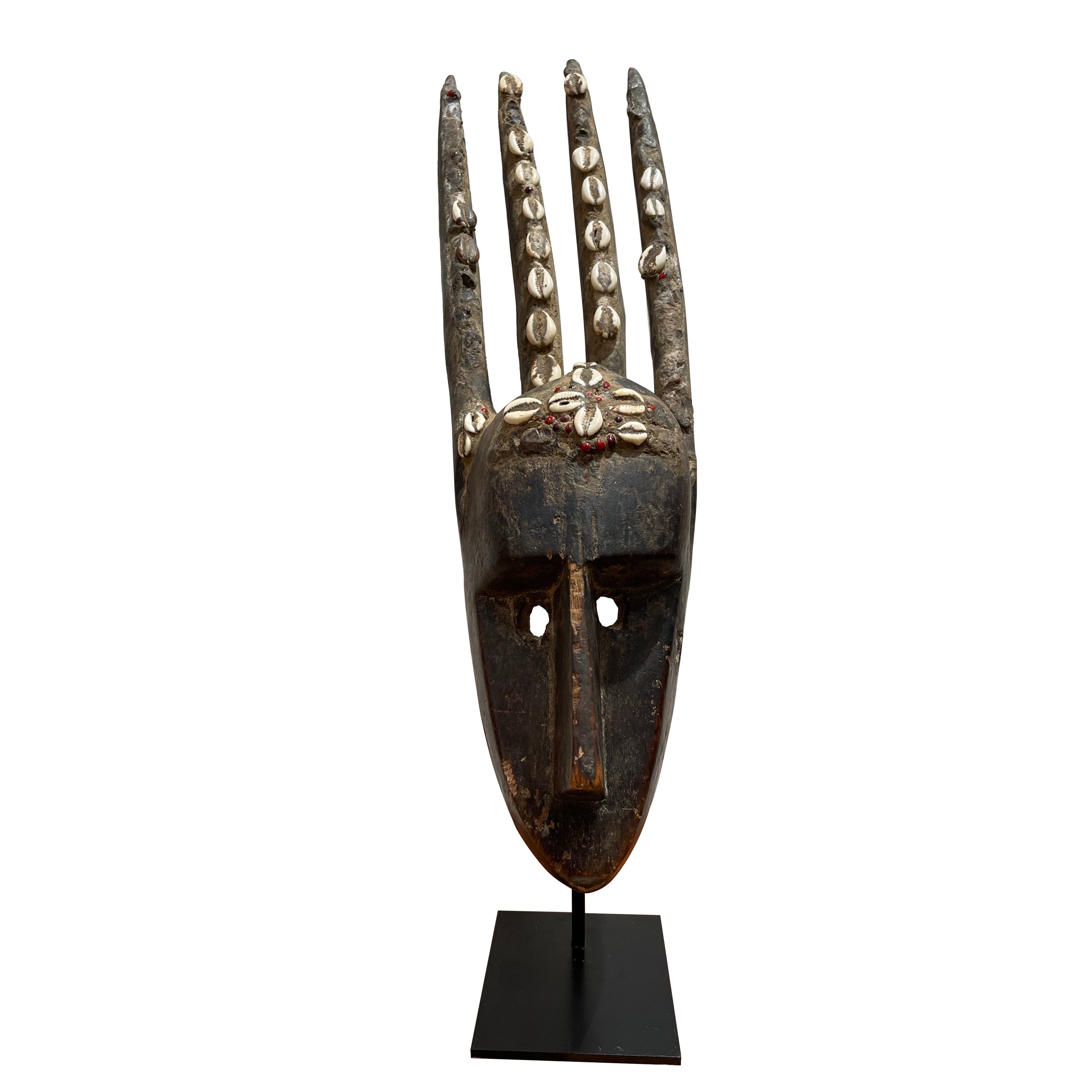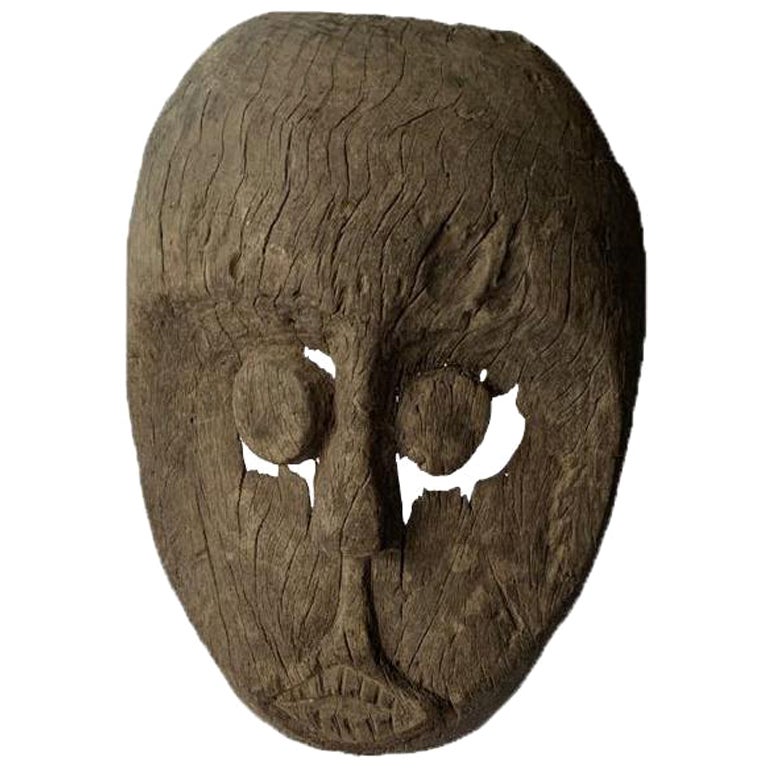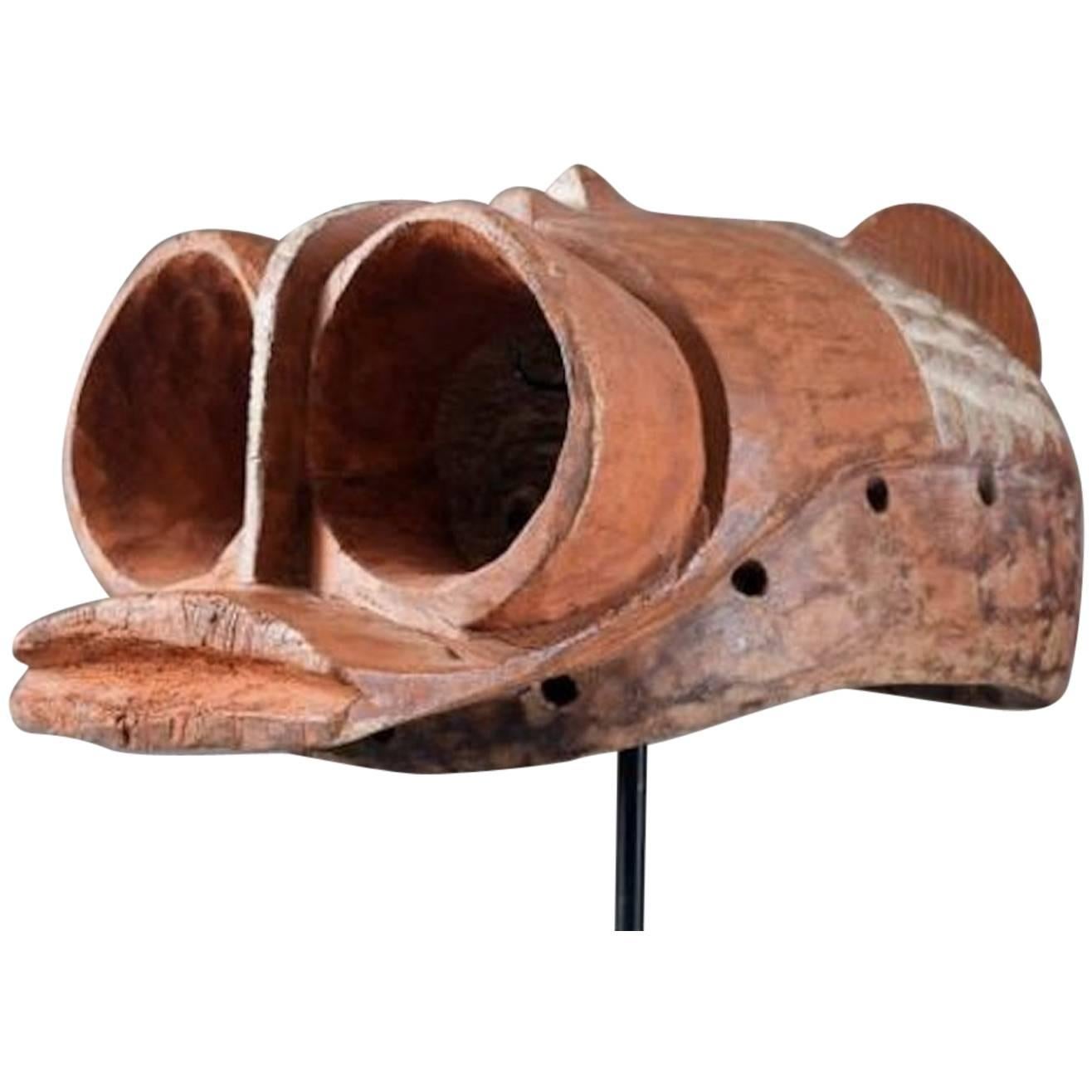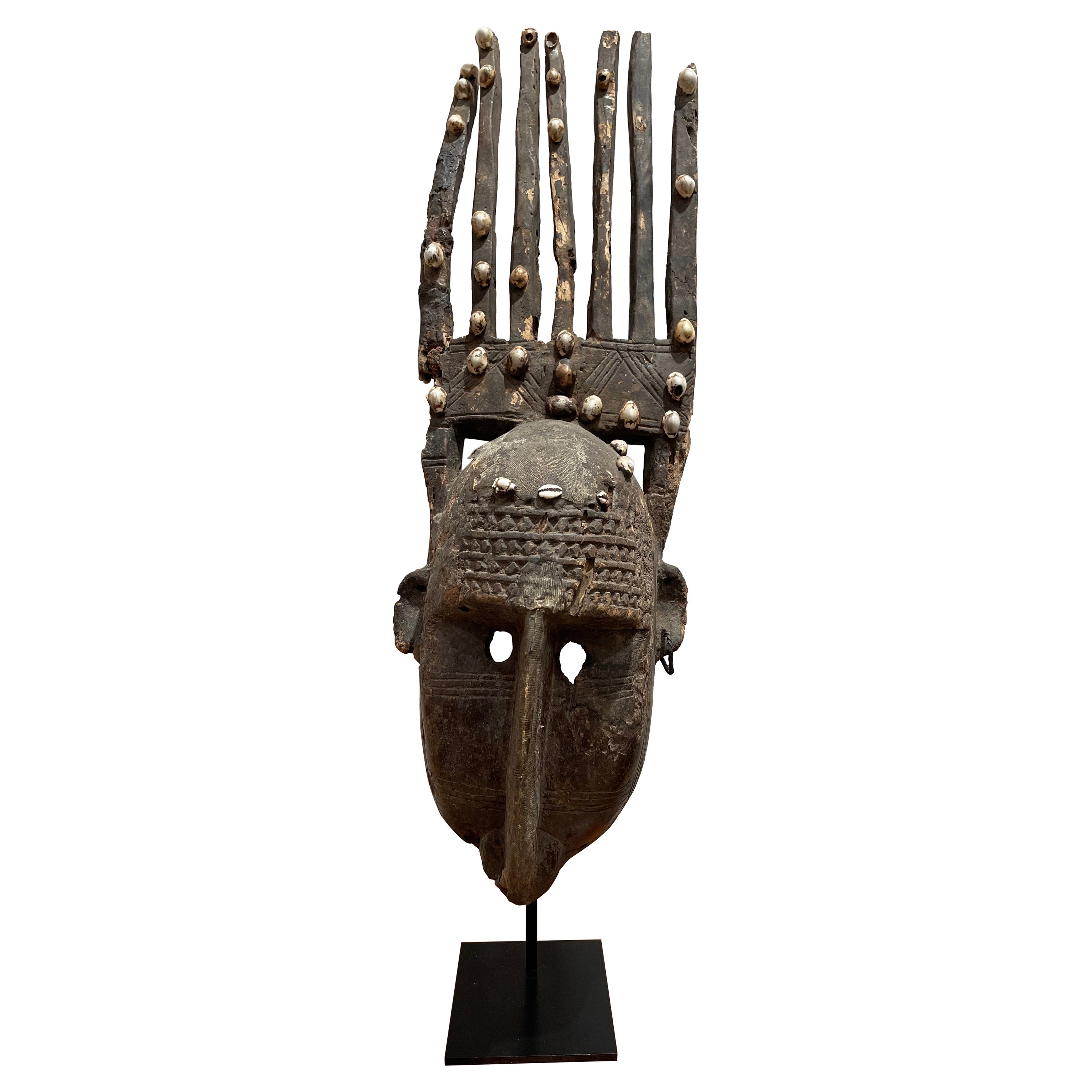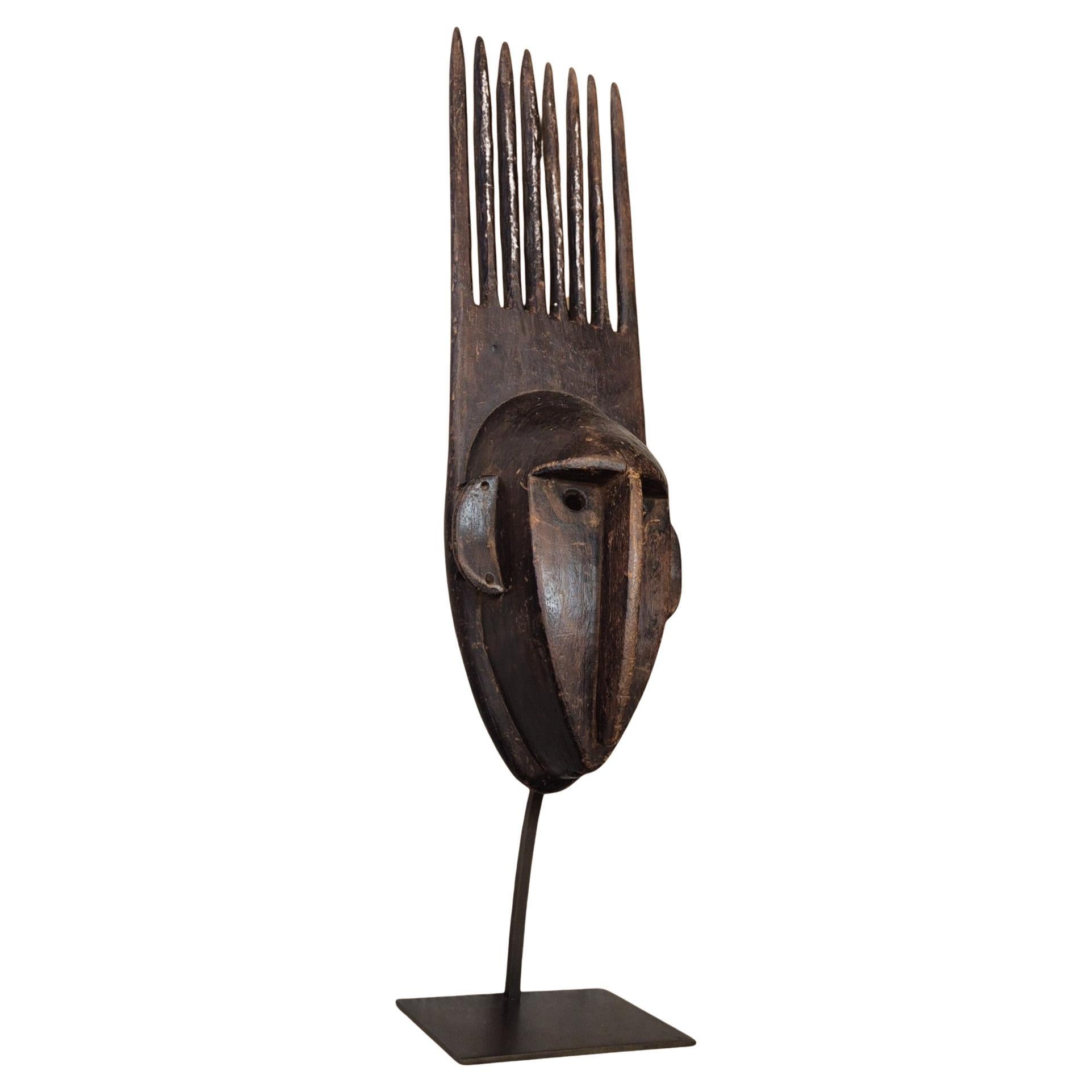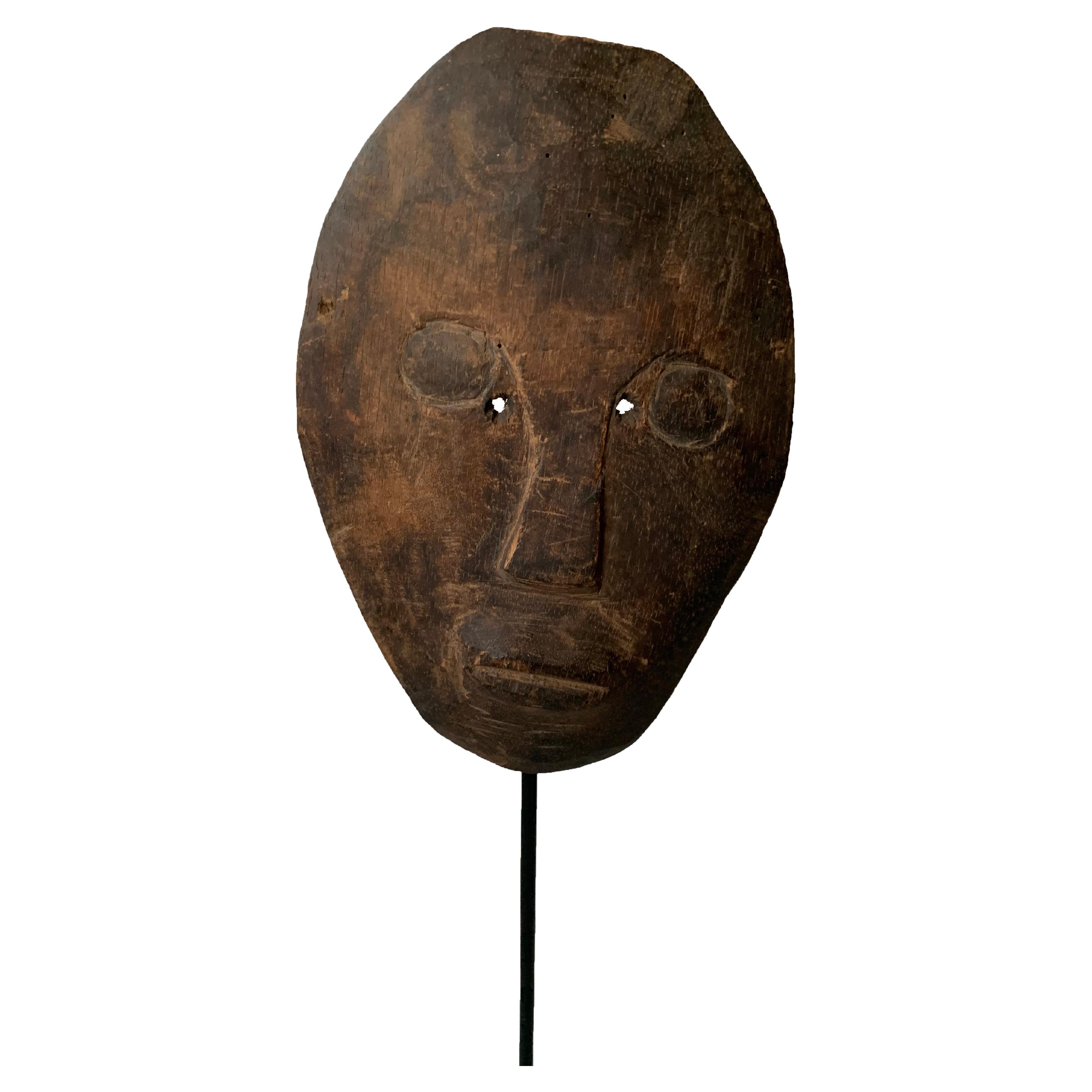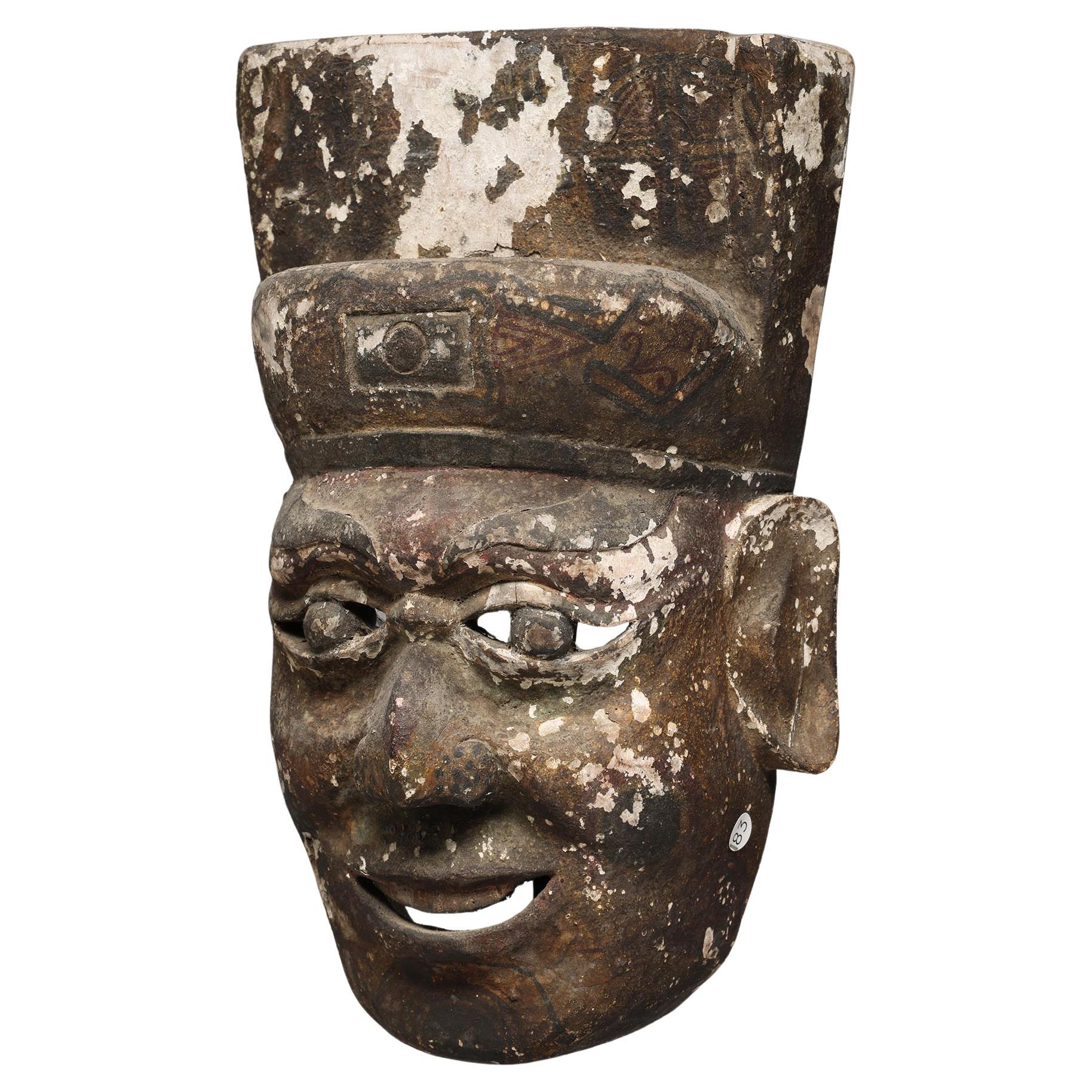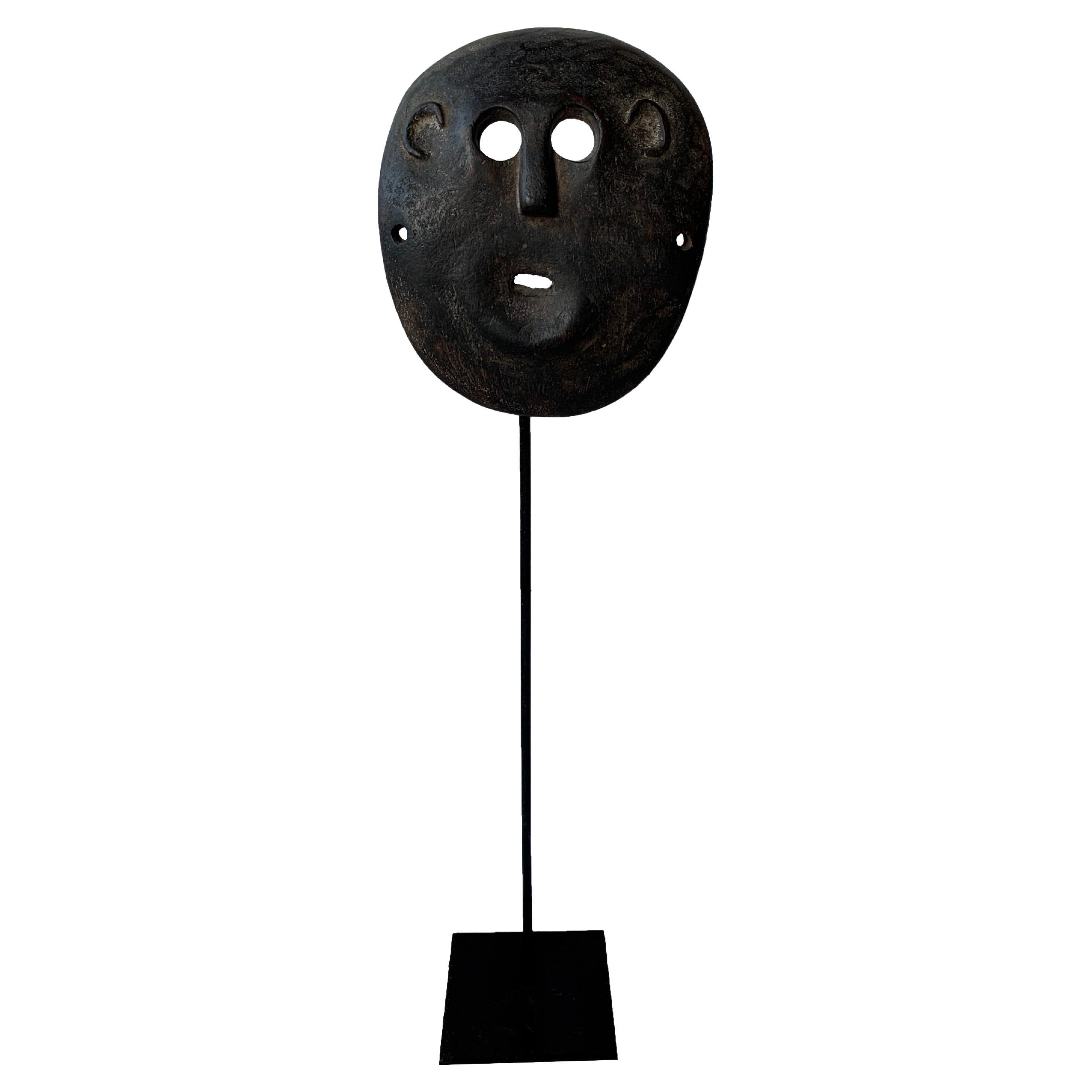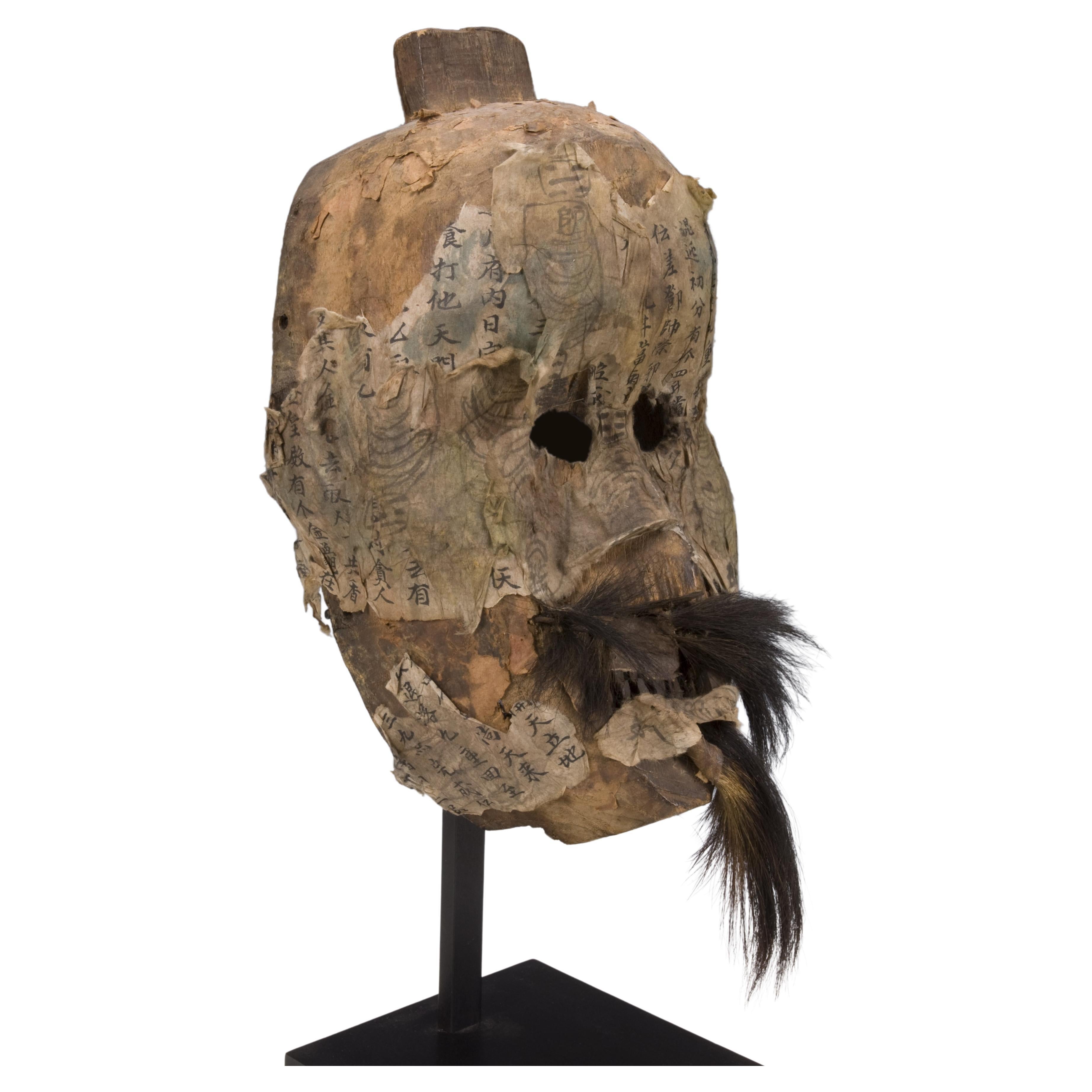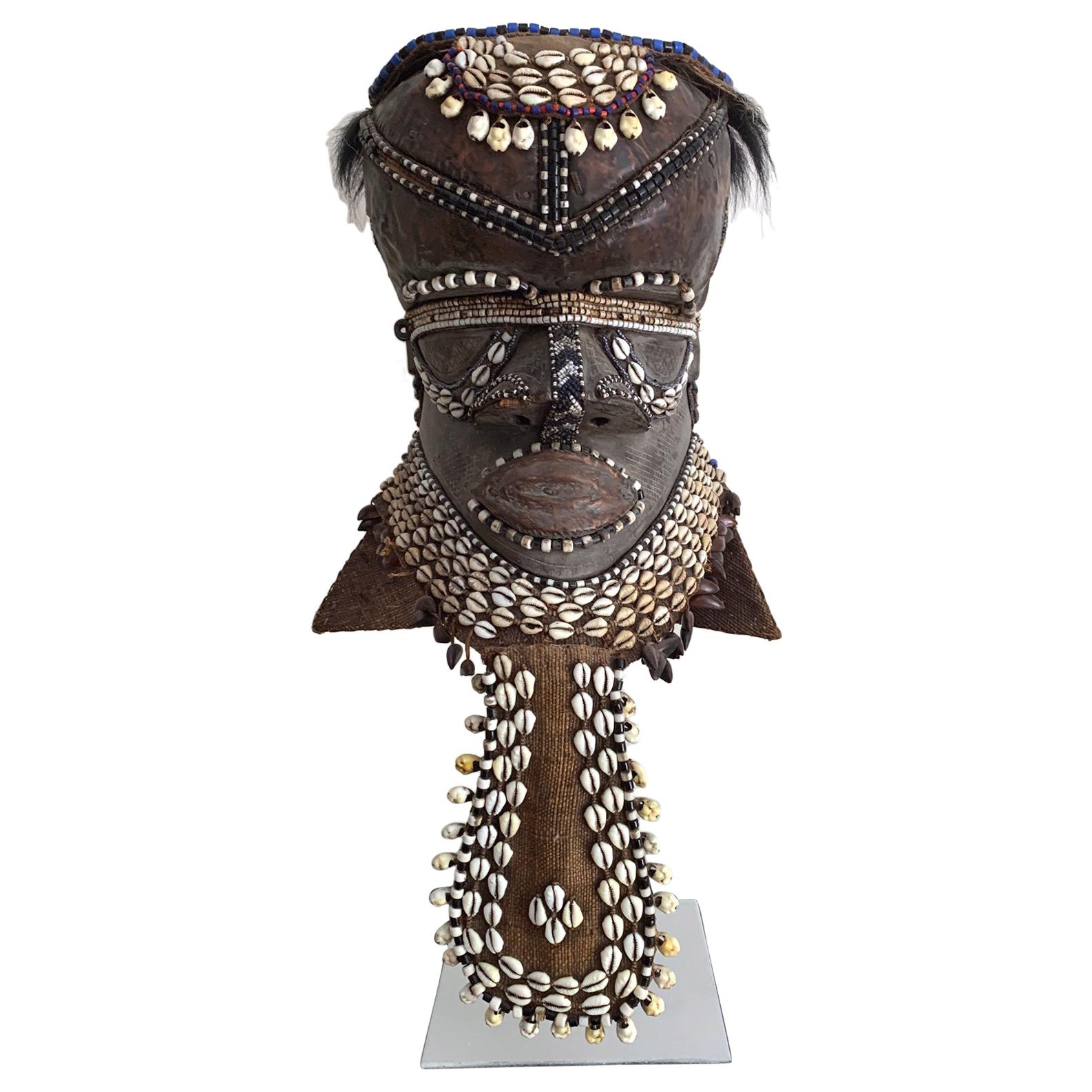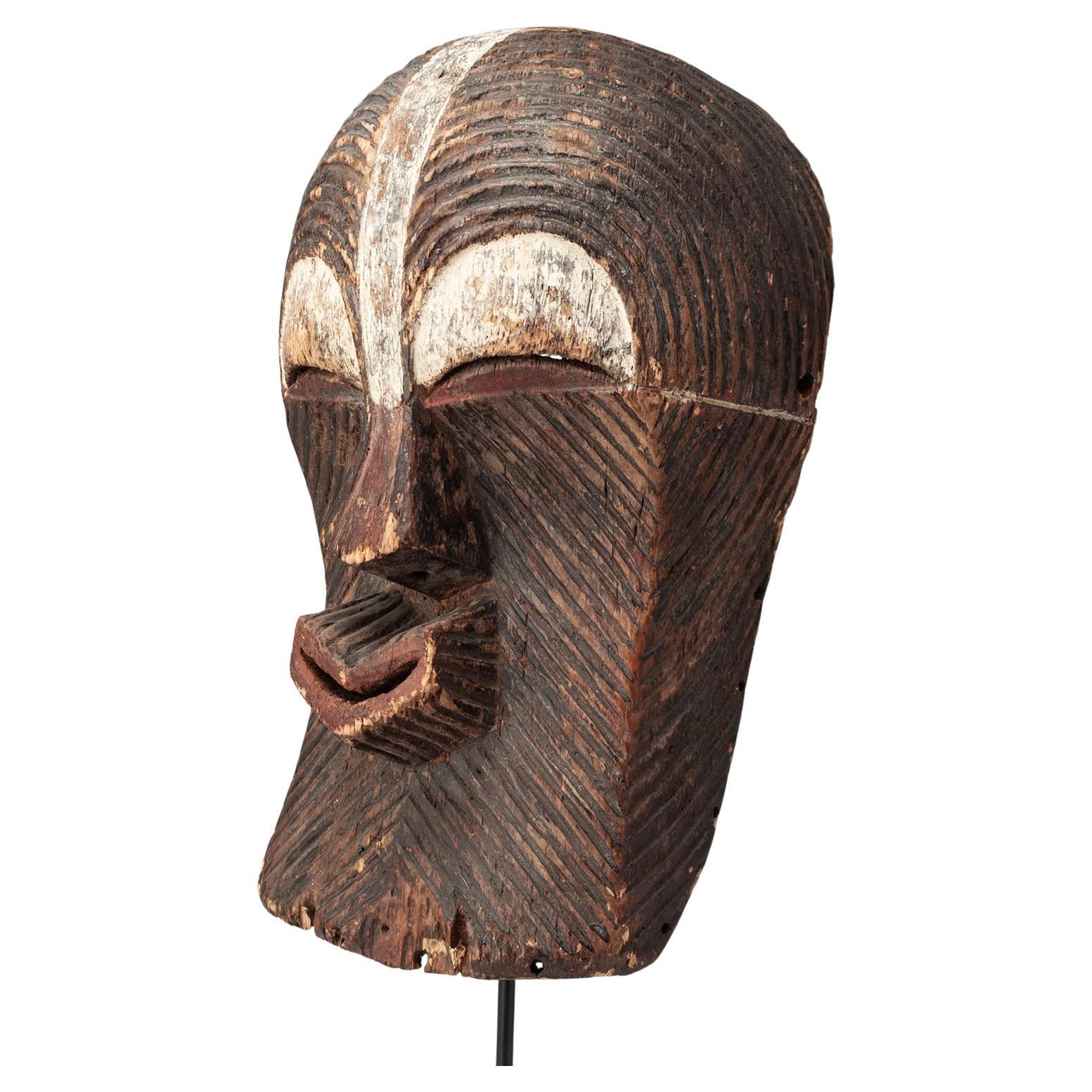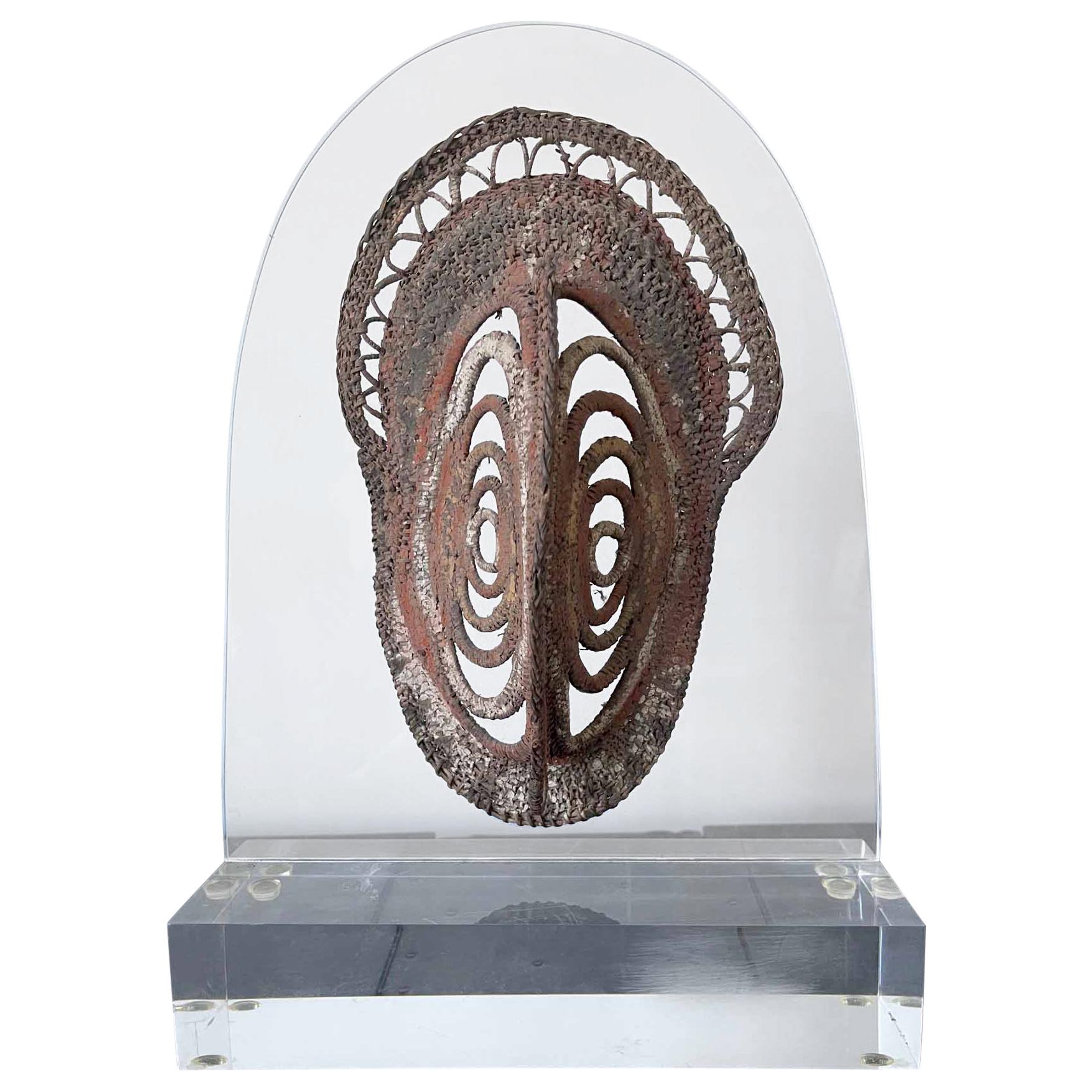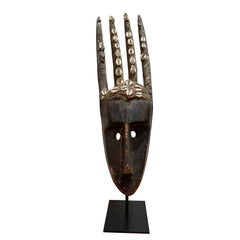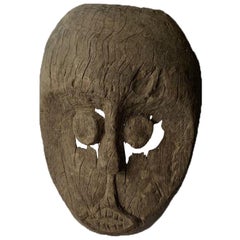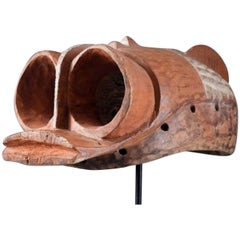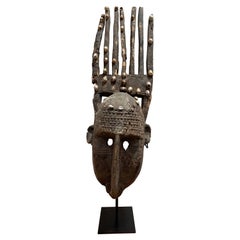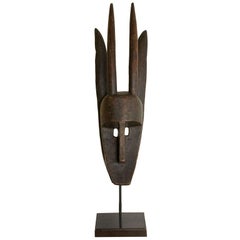
RARE BAMANA 'SURUKU' MASK FROM MALI circa 1900
View Similar Items
1 of 9
RARE BAMANA 'SURUKU' MASK FROM MALI circa 1900
About the Item
- Dimensions:Height: 28 in (71.12 cm)Width: 6.5 in (16.51 cm)Depth: 6 in (15.24 cm)
- Materials and Techniques:
- Period:
- Date of Manufacture:1900
- Condition:slight scratches and patina consistent with age.
- Seller Location:Los Angeles, CA
- Reference Number:1stDibs: 1008128853123
Authenticity Guarantee
In the unlikely event there’s an issue with an item’s authenticity, contact us within 1 year for a full refund. DetailsMoney-Back Guarantee
If your item is not as described, is damaged in transit, or does not arrive, contact us within 7 days for a full refund. Details24-Hour Cancellation
You have a 24-hour grace period in which to reconsider your purchase, with no questions asked.Vetted Professional Sellers
Our world-class sellers must adhere to strict standards for service and quality, maintaining the integrity of our listings.Price-Match Guarantee
If you find that a seller listed the same item for a lower price elsewhere, we’ll match it.Trusted Global Delivery
Our best-in-class carrier network provides specialized shipping options worldwide, including custom delivery.You May Also Like
Four rams Ntomo Mask, Bamana Population, Mali
Located in Paris, FR
The Ntomo mask is used during initiation rituals for youths in Bamana societies of West Africa. It is recognizable by its upper part shaped like a comb, with three to eight horns sym...
Category
20th Century Malian Folk Art Masks
Materials
Shell, Wood
Hand-Carved Wood Borneo Dayak Tribe Mask, Indonesia c. 1900
Located in Jimbaran, Bali
This hand-carved wooden mask is from Central Kalimantan on the island of Borneo. It features bulging eyes and a mouth emphasised by a full set of teeth and small nose. These masks we...
Category
Early 20th Century Indonesian Other Masks
Materials
Wood
Nocturnal Bird Mask, Nigeria, Africa, circa 1950
Located in San Pedro Garza Garcia, Nuevo Leon
Very beautiful mask with large pronounced eyes with the circular cavity shape. The mask depicts a nocturnal bird that can see in the darkness and manifest the presence of divinities ...
Category
Mid-20th Century Nigerian Tribal Masks
Materials
Wood
Splendid Seven rams Ntomo Mask, Bamana Population, Mali, 1930-1940
Located in Paris, FR
The Ntomo mask is used during initiation rituals in West Africa. It is identifiable by its horns, which range from three to eight. The Bamana, also known as the Bambara, live in Mali...
Category
Vintage 1930s Malian Folk Art Masks
Materials
Shell, Wood
Bamana N'tomo mask, Mali, 20th century
Located in NICE, FR
Bamana N'tomo mask, Mali, 20th century
"Generally surmounted by three to eight horns forming a comb, the N'tomoface mask refers to a moment of compulsory education given to uncircumcised young boys in certain West African societies. The mask's discreet, even absent, mouth emphasizes the behavior expected of them in their future adult life after training: controlling and measuring their words, knowing how to keep quiet, preserving secrets and enduring pain in silence."
Excerpt from Masques du N'tomo, Marc Ladreit de Lacharrière Collection, Musée du Quai Branly Jacques Chirac, France.
The Bambara, or Bamana, live in central and southern Mali. Their name means “unbeliever” and was given to them by the Muslims. Animists, they believe in the existence of a creator god called Ngala, who maintains the order of the universe and coexists with another androgynous god called Faro, master of the Word, who gave all qualities to mankind and makes the fruits of the earth grow. Traditional Bamana art objects are closely linked to agrarian rites.
The Bamana dance these masks during initiation and circumcision ceremonies for young boys in the Ntomo society. The face, with its vertical outgrowths at the top, adopts geometric features beneath a rounded forehead, including an imposing busted nose, as the Bamana favor this organ in their statuary as it evokes sociability and clan cohesion. Indeed, during choreography, the dancer frequently touches the nose of the mask.
As teaching aids for candidates, masks from societies accessible to young boys and adults, such as the N'tomo, Korè and Ci wara...
Category
Vintage 1930s Malian Tribal Tribal Art
Materials
Wood
Early 20th Century Hand-Carved Wood Tribal Mask from Atoni Tribe Timor
Located in Jimbaran, Bali
This very flat mask originates from the Atoni people of Timor, featuring two very small eye holes. For the Timorese people masks portray both male and female ancestors, worn by warri...
Category
Early 20th Century Indonesian Other Masks
Materials
Wood
Recently Viewed
View AllMore Ways To Browse
Pair Of Benched
1930 French Lamps
Blue Glass Mirror
Mid Century Tubular Chair
Pair Of Danish Mid Century Chairs
Set Of Four Armchairs
Upholstered Portuguese Chair
19th Century Bedroom Chairs
Cooling Table
Interlocking Tables
Pitcher With Handle
Small European Side Table
30 Marble Table
Mid Century Modern Dining Chairs Set 6
Pair Cocktail Tables
Peach Rug
Velvet Sofa Large
25 Height Table
